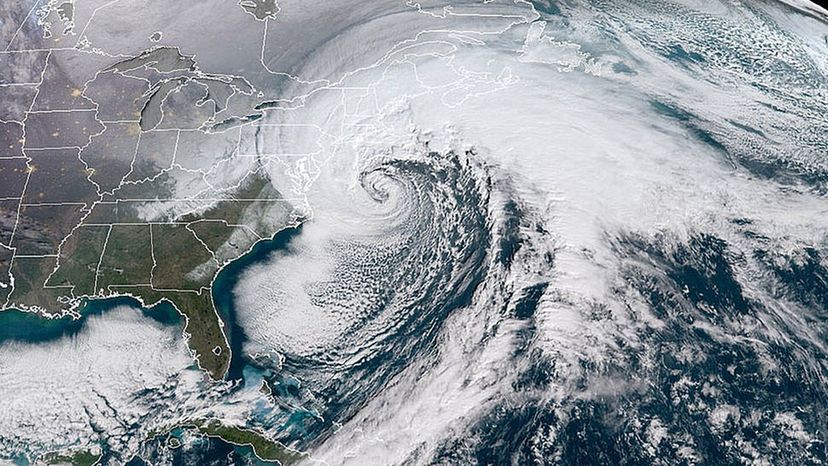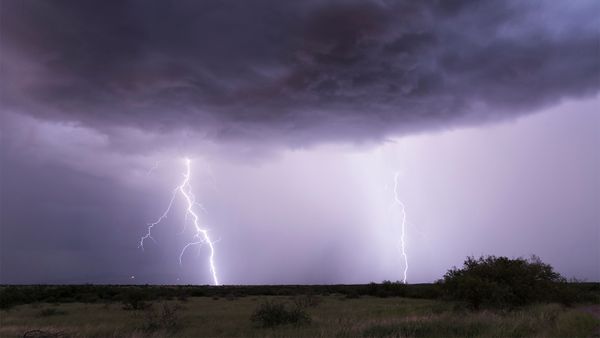
Key Takeaways
- A bomb cyclone, or bombogenesis, occurs when the atmospheric pressure within a storm system drops rapidly, at least 24 millibars in 24 hours, leading to a significantly intensified storm.
- These storms can unleash hurricane-level winds and heavy snowfall, resulting in severe weather conditions like flooding, power outages and beach erosion.
- The phenomenon is a result of warm air rising quickly through the center of a low-pressure system, further lowering the central pressure and intensifying the storm.
This planet has a lot of fascinating weather, but the most fascinating weather is the stuff you want to stay far away from. Take a bomb cyclone, for instance: It's basically a rapidly intensifying storm that happens in winter, bringing with it destructive, hurricane-like weather. Although these storms are uncommon and therefore interesting, you don't necessarily want to be on the receiving end of one.
Advertisement

